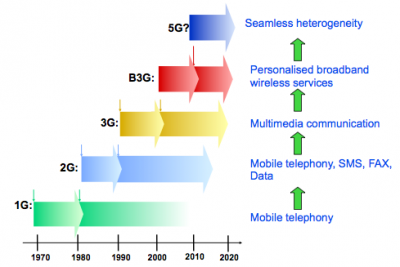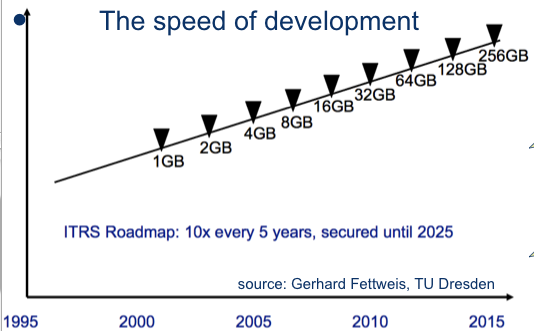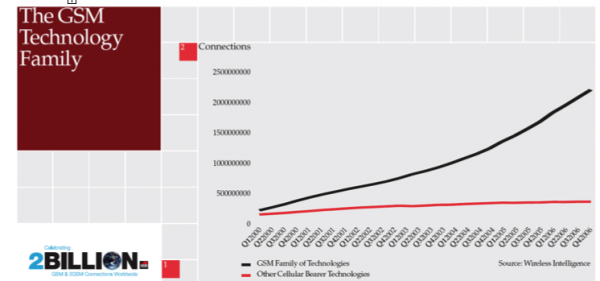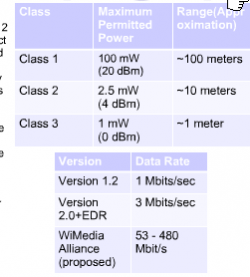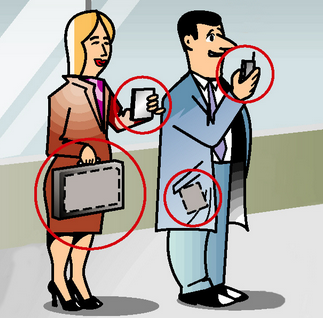Difference between revisions of "AA2-Mobile Generations"
From its-wiki.no
Josef.Noll (Talk | contribs) |
Josef.Noll (Talk | contribs) (→⌘Trend: Personal Networks) |
||
| Line 82: | Line 82: | ||
|} | |} | ||
| − | + | =⌘Expectations towards global coverage= | |
* According to Ericsson, Mobile Technologies are available for 50% of the world's population (2013), and the coverage will increase to 75% by 2017. | * According to Ericsson, Mobile Technologies are available for 50% of the world's population (2013), and the coverage will increase to 75% by 2017. | ||
* According to Internet.org (Facebook, Opera Software, ....), only 1/3 of the world's population has access to the Internet (2013). | * According to Internet.org (Facebook, Opera Software, ....), only 1/3 of the world's population has access to the Internet (2013). | ||
* An extrapolation by the [[Basic Internet]] Foundation points out that even in 2017 about 45% of the population will not have access to Internet, mainly due to affordability. Thus they promote the free access to basic information of the Internet, being text and pictures. | * An extrapolation by the [[Basic Internet]] Foundation points out that even in 2017 about 45% of the population will not have access to Internet, mainly due to affordability. Thus they promote the free access to basic information of the Internet, being text and pictures. | ||
Revision as of 20:31, 31 October 2016
| Wiki for ITS | ||||||
|---|---|---|---|---|---|---|
|
Contents
⌘AA2-Mobile Generations
⌘History of wireless communications
while 1G and 2G were all about radio interfaces,
- 3G and Beyond 3G (B3G) are all about services
- 4G is using mobile broadband everywhere
- 5G will be truly heterogeneous network
Comments
⌘Speed of technology
- "There might be a need for 5 computers" (1943 Watson(?), 1951 Hartree)
- Mobile: NMT, GSM, GPRS, EDGE, UMTS, 3G, HSDPA, SMS, EMS, MMS,... DVB-H,...
Comments
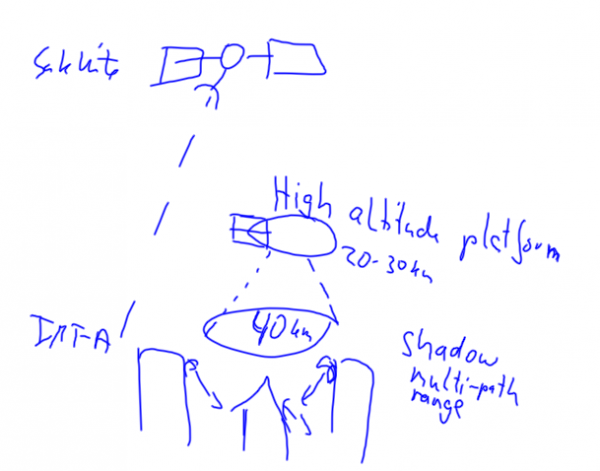 Future communication systems, composed of IMT-A (ground), High altitude platform (HAP) and satellite
Future communication systems, composed of IMT-A (ground), High altitude platform (HAP) and satellite
⌘History of wireless terminals
- 3.3 Bio Mobile Terminals in Q2.2008
%Wireless standardisation forums
- ITU-T
- ETSI
- IEEE
- 3GPP (3G Partnership Project) and 3GPP2
- Bluetooth SIG, zigbee alliance
and a lot of others addressing interworking
- OMA (open mobile alliance)
- UMTS forum
- ...
⌘Frequency spectrum
⌘Current wireless technologies
Ultra short range
- RFID, NFC
Vicinity
- Bluetooth, Wibree, Zigbee, WiMedia,
- ANT+, Bluetooth Smart (Low Energy)
Local area
- Wireless LAN, 802.11 family
- Wireless telephony: DECT (Digital Enhanced Cordless Telecommunications)
Mobile Communications:
- NMT
- GSM
- 3G: UMTS
- 4G:LTE - IMT-A
- 5G
- Mobile satellite communication: Geostationary (Inmarsat A, C, M) or low orbit (e.g. Iridium)
⌘Trend: Personal Networks
Interconnectivity
|
⌘Expectations towards global coverage
- According to Ericsson, Mobile Technologies are available for 50% of the world's population (2013), and the coverage will increase to 75% by 2017.
- According to Internet.org (Facebook, Opera Software, ....), only 1/3 of the world's population has access to the Internet (2013).
- An extrapolation by the Basic Internet Foundation points out that even in 2017 about 45% of the population will not have access to Internet, mainly due to affordability. Thus they promote the free access to basic information of the Internet, being text and pictures.
